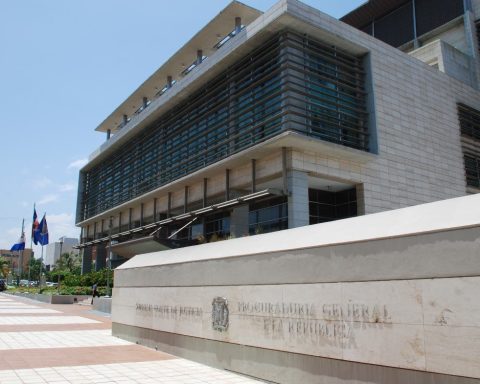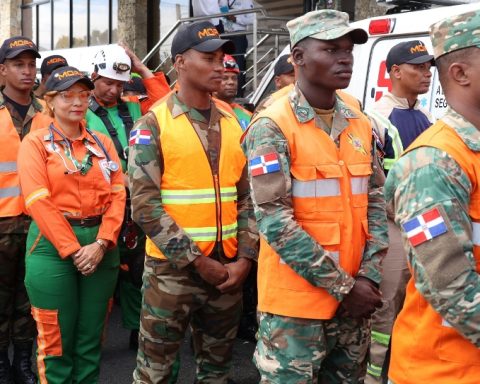He 48% of the women-led industries in the Dominican Republic it is 100% female capital and the average monthly salary of the women who work in this sector amounts to 37,593 pesos, standing above the average they earn in the economy as a whole, which stands at 24,634 pesos.
The statistics from the most recent study by the Ministry of Industry, Commerce and Mipymes (MICM), carried out with the support of the United Nations Industrial Development Organization (UNIDI), highlight the progress who have achieved the womenbut also the lag in public policies to bridge the gap in labor inclusion.
The report “Participation and contributions of women in the local manufacturing industry”, presented yesterday, indicates that in seven years (2015-2022) the average salary of women of that sector increased 61%. However, differences persist between the monthly payment of men versus womenalthough an exact example was not indicated.
In that context, Elena Viyellaa prominent female leader in the business sector, assured Free Daily that there is still an issue to deal with so that the women “break the glass” that includes a salary cap, despite being better prepared in some areas.
It considered that the condition for payments is given by a “social stigma” which has placed the women in a situation of vulnerability for the execution of work functions, especially those in which physical performance is included.
employability
Natalie SouffrontDirector of Industrial Economics of the MICM Vice Ministry of Industrial Development, presented the statistical data and specified that the manufacturing sector employs more than 32,000 womenrepresenting an increase of 12% compared to 2015.
The statistical document, which was presented in the Las Cariátides room of the National Palace, indicates that the local manufacturing industries led by women they employ more than 8,300 males and females. Between 2015 and 2022, jobs in this line have grown 32%.
Public politics
The Vice President of the Republic, Raquel Peña, led the act in which the study was released, which points to Santo Domingohe National District and Santiago as the demarcations with greater female participationwith 45%, 24% and 12%, respectively.
To expand the labor inclusion and improve the performance of the business fabric, the deputy president assured that the government has identified several improvement opportunitieswhich include deploying a series of trainings to empower women.
He recognized that there aremajor challenges”mainly in salary and educational matters, and to address them, policies and programs that promote gender equity must continue to be implemented, such as mentoring and professional development, work-life balance policies, and leadership programs.
In that order, he announced that in April of this year diplomas and workshops to complement the educational deficiencies of the professionals.


















